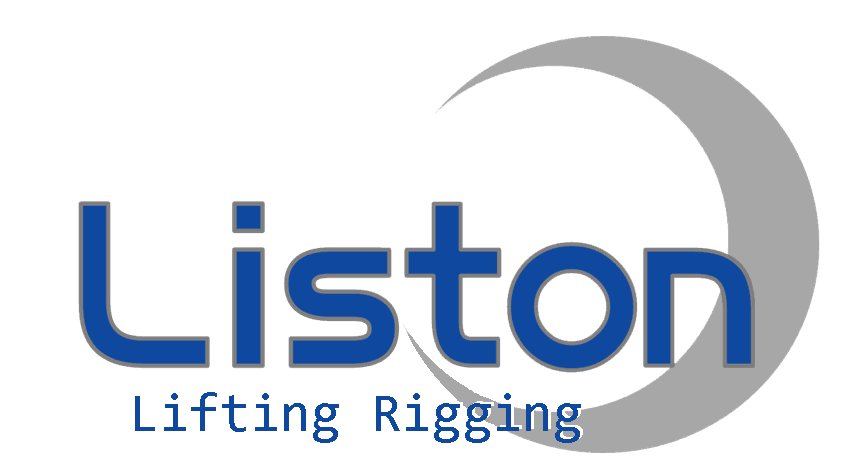Polyester lifting slings are important tools in the material handling industry, providing a safe and efficient way to lift and move heavy objects. These slings are made from high-quality polyester material that offers excellent strength, durability, abrasion resistance and UV resistance. In this comprehensive guide, we’ll explore the various types of polyester lifting slings, their benefits, proper use, and safety precautions.
Types of polyester lifting slings
There are several types of polyester lifting slings on the market, each type is designed for a specific lifting application. The most common types include flat slings, round slings, and ring slings.
Flat slings are the most versatile polyester slings and feature a flat, wide surface that evenly distributes load weight. These slings are ideal for lifting irregularly shaped or fragile loads as they minimize the risk of damage.
Round slings, also known as ring slings, are constructed from continuous loops of polyester material that provide flexibility and strength. These slings are suitable for lifting heavy and bulky loads as the rounded shape provides a secure grip and prevents damage to the load.
Ring slings are similar to round slings, but are designed with reinforced loops on both ends to allow for a variety of lifting configurations. These slings are adaptable and can be used in a variety of lifting scenarios.
Advantages of polyester lifting slings
Polyester lifting slings offer numerous benefits that make them a popular choice for material handling operations. Some of the main advantages of using polyester slings include:
1. Strength and Durability: Polyester material is known for its high tensile strength and abrasion resistance, making it a reliable choice for lifting heavy objects.
2. Light weight: Polyester lifting slings are light in weight and easy to carry, reducing physical strain on workers during lifting operations.
3. Chemical resistance: Polyester material is resistant to most chemicals, making it suitable for use in a wide range of industrial environments.
4. UV Resistant: Polyester lifting slings are UV resistant, ensuring their longevity and performance in outdoor lifting applications.
5. Cost-Effectiveness: Compared to other lifting sling materials, polyester lifting slings are an affordable option and offer great value for money.
Correct use of polyester lifting straps
To ensure safe and effective use of polyester slings, proper usage guidelines must be followed. Here are some key considerations for using polyester slings:
1. Inspection: Before each use, inspect the lifting sling for any signs of damage, such as cuts, scrapes, or abrasions. Do not use a damaged sling as this may compromise safety.
2. Load Capacity: Determine the weight of the load to be lifted and select a polyester sling with an appropriate working load limit (WLL) that exceeds the weight of the load.
3. Rigging configuration: Select the appropriate rigging configuration based on the shape and weight distribution of the load. Make sure the slings are correctly positioned and secured to prevent the load from shifting during lifting.
4. Lift angle: Consider the angle at which the sling is used as it affects the WLL of the sling. Use a sling angle calculator to determine the adjusted WLL based on the lift angle.
5. Protection: Use protective sleeves or wear pads to prevent sharp edges or abrasive surfaces on the load from damaging the sling.
Safety precautions for polyester lifting slings
Safety is paramount when using polyester slings to prevent accidents and injuries. Here are some important safety considerations to keep in mind:
1. Training: Ensure that all personnel involved in lifting operations have received appropriate training in the safe use of polyester lifting slings, including inspection, rigging and load handling techniques.
2. Avoid overloading: Do not exceed the working load limit of the lifting sling, otherwise it may cause the sling to fail and cause an accident.
3. Avoid twisting: Do not twist or knot the lifting sling as this will weaken the material and compromise its strength.
4. Avoid Shock Loads: Minimize sudden jerks or shock loads during lifting as this may cause excessive stress on the sling and cause failure.
5. Storage and maintenance: Store polyester slings in a clean, dry environment, away from direct sunlight and chemicals. Regularly inspect and maintain slings to ensure their integrity and performance.
In summary, polyester lifting slings are an indispensable tool for safely and efficiently moving heavy objects in a variety of industrial environments. By understanding the different types of polyester lifting slings, their benefits, proper usage guidelines and safety precautions, workers can maximize the effectiveness of these slings while ensuring safe lifting operations. Due to their strength, durability and versatility, polyester lifting slings remain the reliable choice for material handling professionals around the world.
Post time: Mar-22-2024
